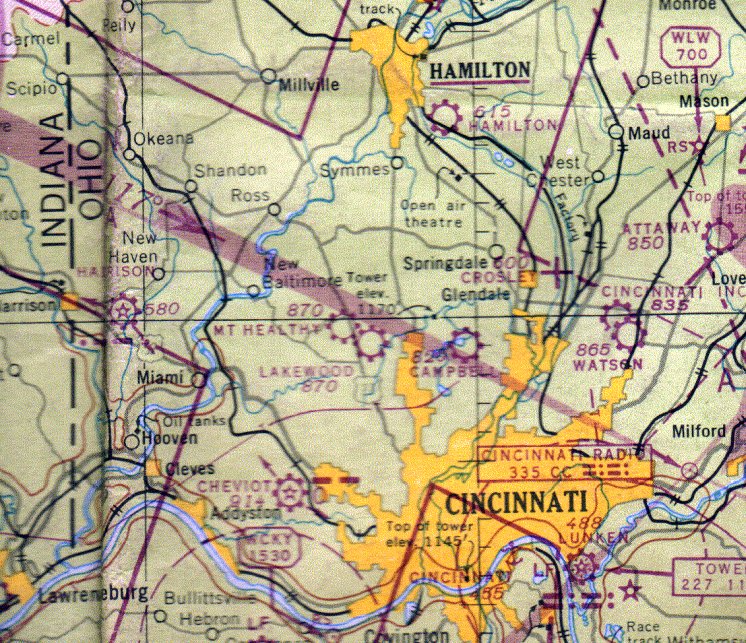Lunken Airport-Stulz

Lunken Airport
In the early 1920s, barnstorming pilots made their way across the country to earn a living. One such pilot was Dixie Davis who started a flying business at the corner of Wilmer and
In December 1925, the Grisard Company dissolved and the Lunken family provided financial backing to purchase 204 additional acres of land from various owners. This airfield then became known as
In 1925, the Embry Riddle Company organized at Lunken and provided airline, air mail service and flight raining and became the first government approved flight school in the
In 1929, brick aircraft hangars were built along the south side of the airfield in art deco style. Also in 1929, metal monoplanes called the Flamingo were built near the airfield. Of 20 built, none survive today. The Aeronca aircraft company also built aircraft on the field until 1940 in Hangar #4. The beginnings of American Airlines also started at Lunken in 1929 with air passenger flights to
In 1936, plans were made to begin construction on the Lunken airport terminal. The terminal, which still stands to this day, was only weeks away from final completion when the disastrous floods of January 1937 struck. Even though there was a protective dike and levee system around the airfield, it could not hold back the floodwaters of the "Great Flood of 1937." The flood water levels reached to the top of the control tower cab atop the terminal building. A single black brick on the tower facing the airfield marks the high water mark to this day.
The airfield’s location in a flood plain was one geographical disadvantage and heavy fog and surrounding hilltops were others. All these factors put a damper on serious thought to expand Lunken airport into a major airport. Some civic leaders looked to the Blue Ash airfield location as the site of
In 1946, the major airlines began to pull out of Lunken and started operations at the "Greater Cincinnati Airport" located in
Lunken airport is presently an 1140-acre airfield for General and Corporate Aviation, and attempts are made to bring in regional airlines and increase size limits for larger aircraft to land at the airport. Still, expensive homes are being built on the hills directly facing the airport providing more and more property owners who litigate for tougher noise restrictions and less flight activity at the airport. Unfortunately,
The Little Miami River to the East,
Other interesting facts about Lunken. The original course of the Little Miami River snaked through the middle of the present Lunken airfield. One can see traces of the old riverbed in aerial photos of the field. The Little Miami was rerouted to the East of the field and is separated from the airfield by a massive dike system.
Lunken bike trail is a paved roadway/sidewalk that completely encircles the airfield for 5 miles used extensively by walkers/joggers and bicyclists. The airfield literally sits atop the lands that were occupied by the first settlers in this region in 1788. The small settlement of
Air operations at

